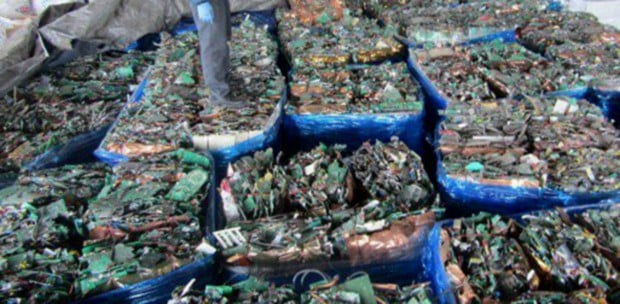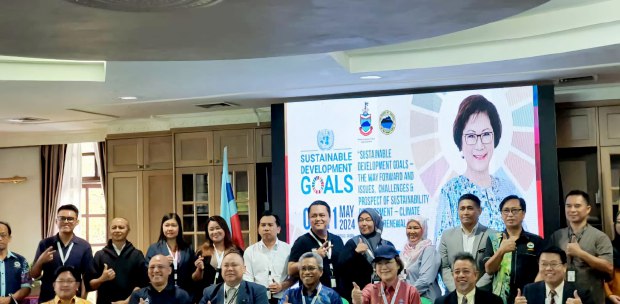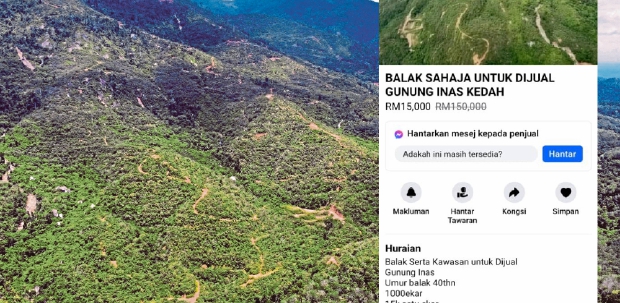It is a fact that all projects carry risks, some more than others. The risks include social, business, environmental and health, just to name some.
The Environmental Impact Assessment (EIA) is a tool widely used to better manage environmental risks. The purpose of the EIA is to inform decision-makers and the public of the environmental consequences of implementing a project.
It helps identify the possible environmental effects of a project and how they can be mitigated.
The three stages in the EIA are screening, scoping and assessment. They involve the collection of baseline data from primary and secondary sources, the prediction of impact based on experience and simulation, the evaluation of impact versus net cost benefit, preparing environmental management plans to reduce the impact and the quantitative estimation of the financial cost of the monitoring plan and mitigation measures.
Recently, the country was taken aback by news of another killer flooding.
The unfortunate incident took place in Baling, a district which decades ago hit the headlines when political groups launched a massive demonstration calling for the government to address the issue of abject poverty, prevalent in the district then.
Most people in Baling at the time were rubber tappers. When the rubber price hit historic lows, there were many reported cases of starvation among the families there. The current news also has something to do with an EIA on rubber.
As confirmed by the Department of Environment, the EIA approval to use the land on Bukit Inas was for the planting of rubber trees.
But, as reported, the land was instead used to plant durians. Since durian is quite different from rubber in terms of land use and risks, the rubber EIA could not be used to manage environmental risks.
For example, the impact on soil stability as recently explained by a soil stability expert would be different, and, therefore, requires different mitigation measures.
Poor soil management can contribute to slope instability and landslides, which was what happened in Baling.
It is important that the right EIA recommendations are properly adhered to. Judging by the rampant flouting of EIA recommendations in recent years, one wonders whether we treat the EIA seriously.
It was recently reported that a developer in Penang was fined RM50,000 after he pleaded guilty for failing to comply with EIA approval requirements.
According to the presiding judge, projects which had obtained EIA approval must always comply with each condition stipulated and any non-compliance will be dealt with accordingly.
The judge also reminded developers to take measures to reduce the rate of erosion and siltation with the advent of the monsoon season.
There were a number of cases when EIA recommendations were blatantly ignored. Any disrespect for environmental risks can lead to disastrous consequences for the community.
In the Baling case, the flood which brought down a torrent of timber cuts and eroded soil, not only claimed precious human lives in its path, but also destroyed homes and the local business.
Economic losses could have been avoided if only the earlier EIA recommendations were respected. It is time for those responsible for projects to take the EIA seriously.
It is no use pronouncing our commitment to the Sustainable Development Goals (SDGs), if the tools that have been created to deliver the SDGs continue to be flouted.
Environmental risks pose some of the biggest threats to sustainability.
What happened in Baling clearly demonstrated a victory for greed over the respect for the rules of law.
If EIAs continue to be flouted in projects, the country's efforts to portray a green image may be a subject of ridicule. There will be no stopping the adverse comments over our poor environmental management record.
Ignoring EIAs would provide them the necessary justification. Our palm oil industry, which has come under constant attack from environmental groups, will struggle to clear its name, despite all the positive scientific evidence in support of our claim of its benefits.
Many may not realise that by disrespecting EIAs, the repercussions on other related environmental matters can be serious.
The writer is a professor at the Tan Sri Omar Centre for STI Policy, UCSI University
The views expressed in this article are the author's own and do not necessarily reflect those of the New Straits Times





